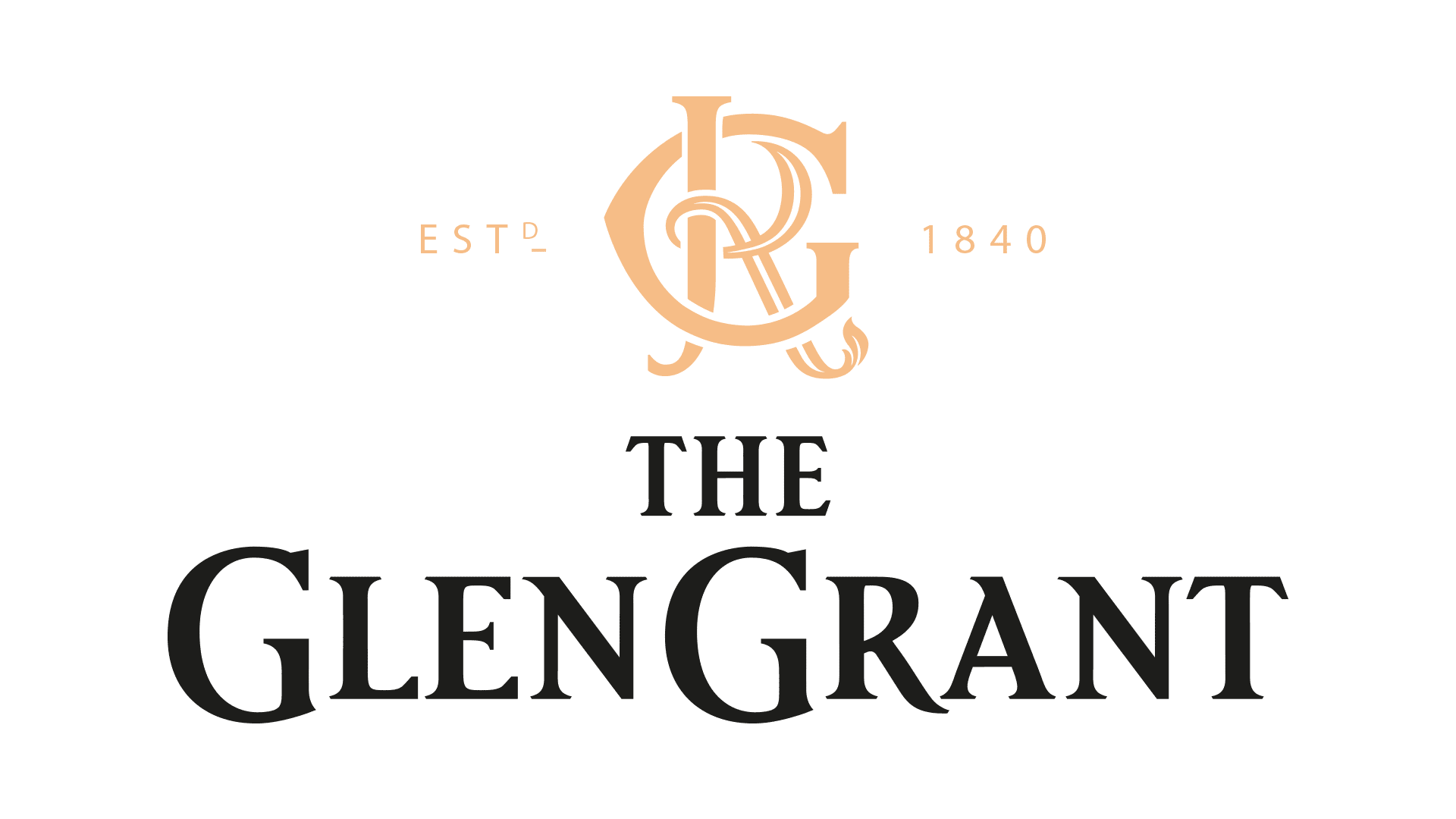

presents
The Ballad
IIt’s the year 1909 and a late-summer evening, one of those that inspire peaceful thoughts that float around in the cool night breeze. The location is Rothes, in the Aberlour district, a place very much in the north of Scotland.
The whole town is buzzing. The word on the street is that James Scott Skinner, a renowned violinist is around. Somebody said he will perform a new piece tonight, and the expectations are growing. It’s true that Rothes is a town of hard workers, but if there’s good music to listen and dance to after a long day’s work, you can be sure that they will answer the call.
The streets are filled with passers-by. The hall in which Skinner might play is so crammed with people, it couldn’t possibly fit one more. The atmosphere vibrates with anticipation. Men and women alike are there to listen to this new piece by the famous composer. The curtain appears to shake for a second. Everyone holds their breath for what seems to be a four-quarter beat.
Suddenly, the red curtains draw open to the sides like petals. From the shadows emerges the silhouette of a perfectly polished violin. Before seeing the rest, the audience hears the typical sound of the tuning. A voice cuts through the still air:
...and this evening I’d like to share a new piece. It goes out to my brotherly friend James Grant: it consists of three movements, named for the three stories that inspired its composition. So, let’s start the dance!”
MOVEMENT I – the fingers quickly slide along the neck of the violin at an increasing pace, the pianoforte accompanies the score with a solid, fast, up-tempo motion...
Skinner plays the overture quickly, moving at a pace akin to the fast-moving technological advancements of the early twentieth century. The tempo of the song and the pace of the performance is an ode to James Grant, who kept pace with the changing technological landscape of the time: he was the first man in Rothes to own a motor vehicle, and the first to introduce a new and unique six-step distillation method for Scotch whisky, which was adopted by all Scottish whisky producers shortly thereafter.
MOVEMENT II – the bow glides along the strings, making them screech and sing in the universal language of violins. This time the pianoforte follows the melody, deviating just enough to make it bloom once and for all, turning it into the protagonist of the performance.
It blooms in the ears of the members of the audience, in the hearts of the listeners, warming and filling them. It blooms just like James the Major Grant’s passion for botany, a love born in the distilleries, where he learned how to recognise and select the best Scottish malt. It was the very ingredient that determined his success. That, along with the pristine water from the Scottish Highlands, allowed The Glen Grant to acquire that pale yellow colour and the fine, aromatic and fruity taste that it still retains today in the most authentic way.
MOVEMENT III – we are at the climax of the sonata. Skinner wavers with the effort of playing, his face tense and concentrated with his violin solo that precedes the finale. The piano seems to stay quiet for a few instants.
It stays quiet, just like the distillate that quietly rests in oak barrels. It lies in the peace of a wooden bed, after having been sweetly distilled under the careful eyes of James Grant. It lies in barrels, not more than three per pile, the perfect set-up to let it “breathe” and give it that





